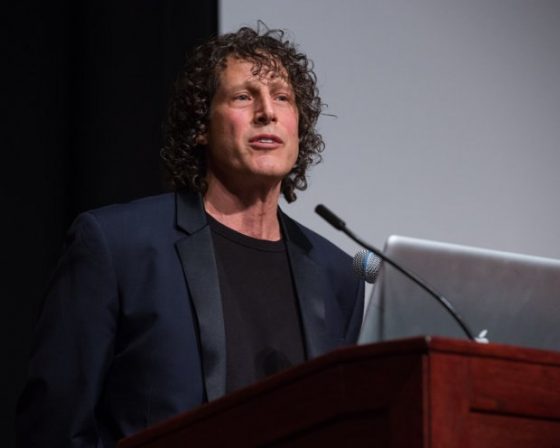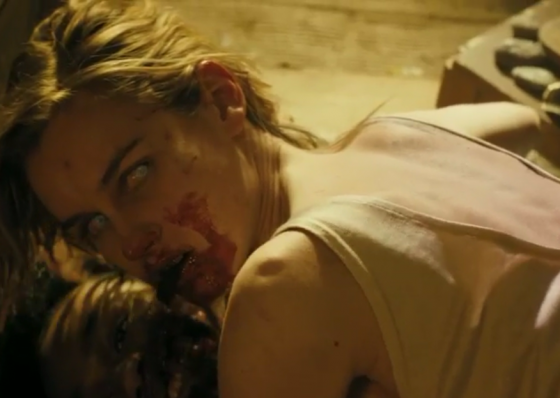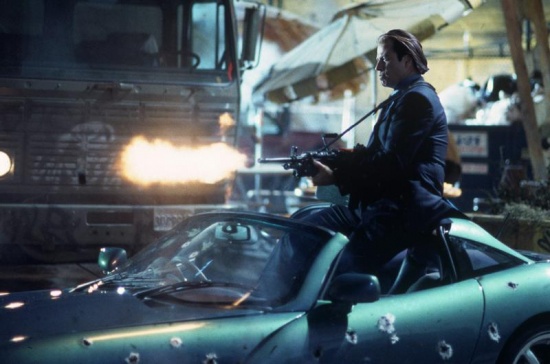From Speed and Swordfish to Fear the Walking Dead, a top VFX supervisor stays connected to a global team with CineSync for video production collaboration.
It is not uncommon for technical creatives in media and entertainment to be known more for the projects they worked on rather than a particular employer. Boyd Shermis has a long list of impressive credits as a visual effects supervisor, with movies like Speed, Swordfish, and GI Joe: The Rise of Cobra among his many credits. His most recent project is Fear the Walking Dead, the prequel of AMC’s popular TV series The Walking Dead.

In this interview, Shermis discusses the technical challenges of working with globally dispersed teams, for which he used Cospective CineSync, software for global review and approval on video projects requiring coordination with disperse teams.

GraphicSpeak: What have been some of the most challenging projects in your career?
Boyd Shermis: Swordfish was a big one. Choreographing and figuring out how to do the slo-mo explosion shot at the beginning of the film – and then actually pulling it off, both in the photography, as well as in post – was a huge challenge.

Poseidon also comes to mind, where we designed a completely new way of doing CGI water (real-world volumes) with the team at ILM. We used that water system throughout the film. We were working with MPC/London and were able to review work in progress remotely from LA. We still made trips to London to work, but CineSync enabled us to do a lot of work from LA.
We had the ability to jog a sequence of frames in sync with the remote end to review and critique animation, and the ability to draw on the screen and leave notes on screen.
GraphicSpeak: How often do you collaborate with other teams?
Boyd Shermis: Every project now is a global project. I’ll be on location with a television show, while the editorial department and showrunner are in LA working on already photographed episodes.
GraphicSpeak: How do you keep the projects moving forward when people are so scattered?
Boyd Shermis: CineSync is an integral part of this process. It plays a central role in our ability to work with the global VFX community. I was able to spot new sequences and review in-progress and “final” materials with them back in LA, all while I was still shooting episodes in a remote location. It plays a role in almost every shot we do now; certainly in my last project. I don’t think there was a single shot (besides straight ‘clean up’ and wire removals) that wasn’t reviewed and discussed via cineSync.
I almost never have to travel to vendor facilities, and now I don’t think twice about remotely working with facilities around the globe.
GraphicSpeak: Are their any new challenges in VFX?
Boyd Shermis: Every show has it’s unique challenges – I can’t say what the next ones will be. But I’m confident global communication will play an integral role!





